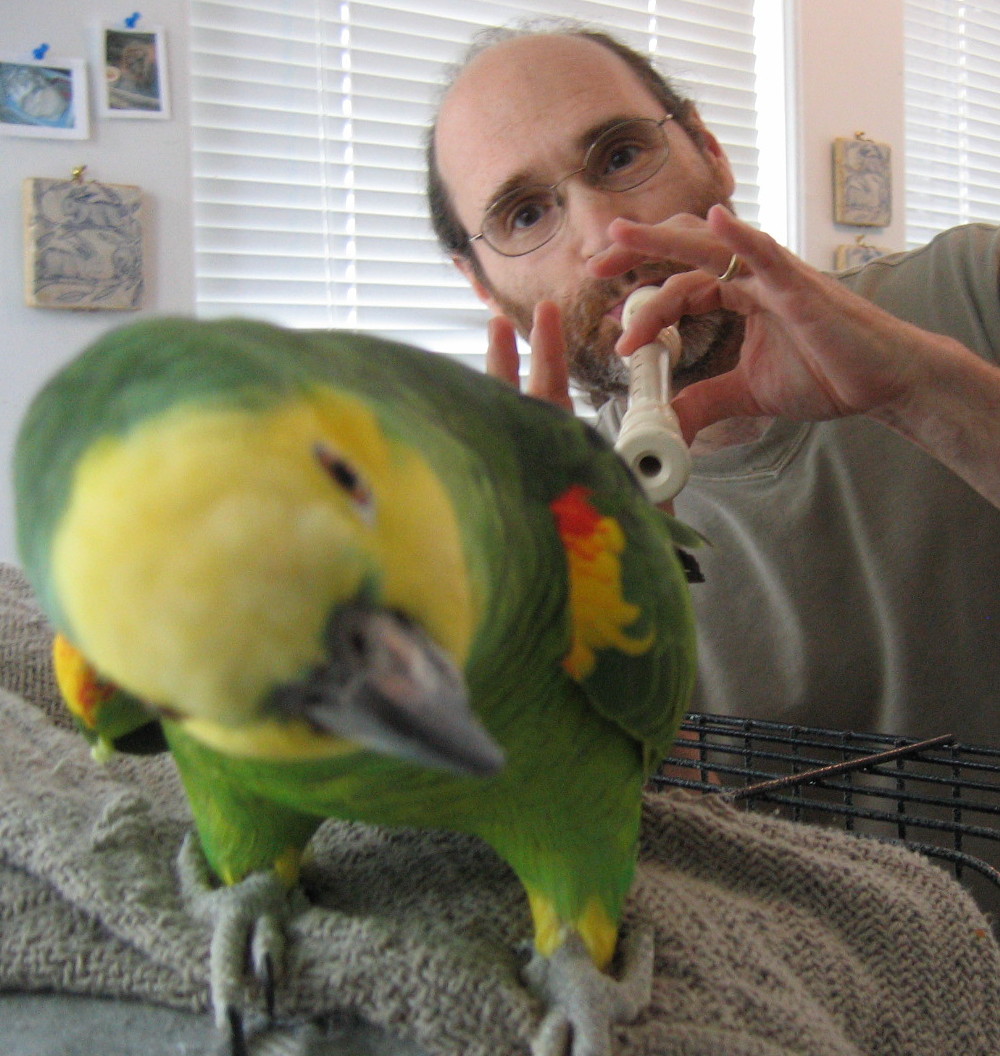Monday, January 26, 2015
ANNOUNCING "FREQUENCY BONE COMPOSITION CONNECTION" SERIES, VIDEO 1
For quite sometime now, I have been asked about composing and my process within it. Well, a man named Andrew Kuhlman sent me some questions in an email and I thought they were excellent questions about this. So, I got his permission to answer his questions via a video. With some further thought, it seemed like a good thing to start a specific video series on composition, which I am calling the "Frequency Bone Composition Connection" series. Here is "Video 1" which deals with Andrew's first two (out of twelve) questions.
Practicing Rochut Etude No. 66, a Frequency Bone Summer Music Connection 6 extra!
This was a video I made in the summer of 2014 as part of "Frequency Bone Summer Music Connection 6" (FBSMC6). It was meant to be part of that video series but, as you can tell from the abrupt cut off, I did something and the recording stopped suddenly. I had the intention of making another video on the rest of this etude but have not yet. So this really is a video extra from FBSMC6.
As spontaneous as this video is, there was a plan of action. It was more focused on the unfolding process of bringing the spirit of the music through and integrating the technique into it. The technique of any given instrument is its language and the manner in which we speak that language is flavored by our training - and what we are trying to say beyond our training. This last point, I find most intriguing. To go beyond our training is not to totally throw it out. It means not to be so trapped by it that it closes our perception of other possibilities. The real intriguing part to me is that which is real (genuine), in a person and does their training facilitate that unique realness in a way that keeps active and deepens their unfolding development process.
THIS DEPENDS ON HOW THE TRAINING WAS TAUGHT AND ASSIMILATED (PROCESSED) BY THE INDIVIDUAL PERSON, FOR EACH PERSON HAS SOMETHING TO BRING TO THE ART AND THE ART HAS SOMETHING TO BRING TO THEM. BUT IF THE PERSON ONLY FALLS BACK ON TRYING TO ONLY BE A GOOD STUDENT OF THEIR TRAINING, THEY MIGHT NOT GET TO THE OTHER PART OF THEMSELVES THAT NEEDS EXPRESSION WHICH IS PART OF THE OCEAN OF ART - AND THEN THE ART MIGHT NOT BE ABLE TO REACH THEM VIA SYMPATHETIC RESONANCE.
At the same time, if a person feels satisfied trying to be an example of a particular training or school of playing, and it feels right for them, of course this is fine for them. I am not saying if a person does this they are missing out. I am coming from a certain location and sentiment about human possibility and the potential that it has to use the medium of Art to do extraordinary things as it does and has done throughout the ages.
Here is one person's approach to a Bordogni that perhaps on another day could be quite different!
Musical Interpretation
This video was made last March and was prompted by questions that Jacob Elkin asked me about musical interpretation. At the same time, a student of mine at New England Conservatory, Kens Lui, was asking excellent questions about what it means to be true to the composer. I asked both of them if they would mind my answering their questions publicly and they agreed. So, here is a video on these musical interpretation questions.
Tuesday, January 6, 2015
What Does it Take?
In the midst of a day, what does it take?
In the duration of a year, what does it take?
In a moment of a quick needed decision, what does it take?
To be what you want to be, what does it take?
To know yourself, what does it take?
To understand another, what does it take?
What does it take to find out what it takes?
Subscribe to:
Posts (Atom)
